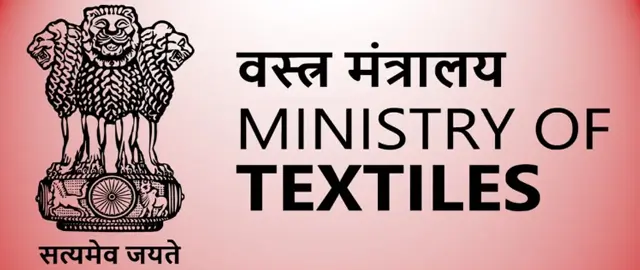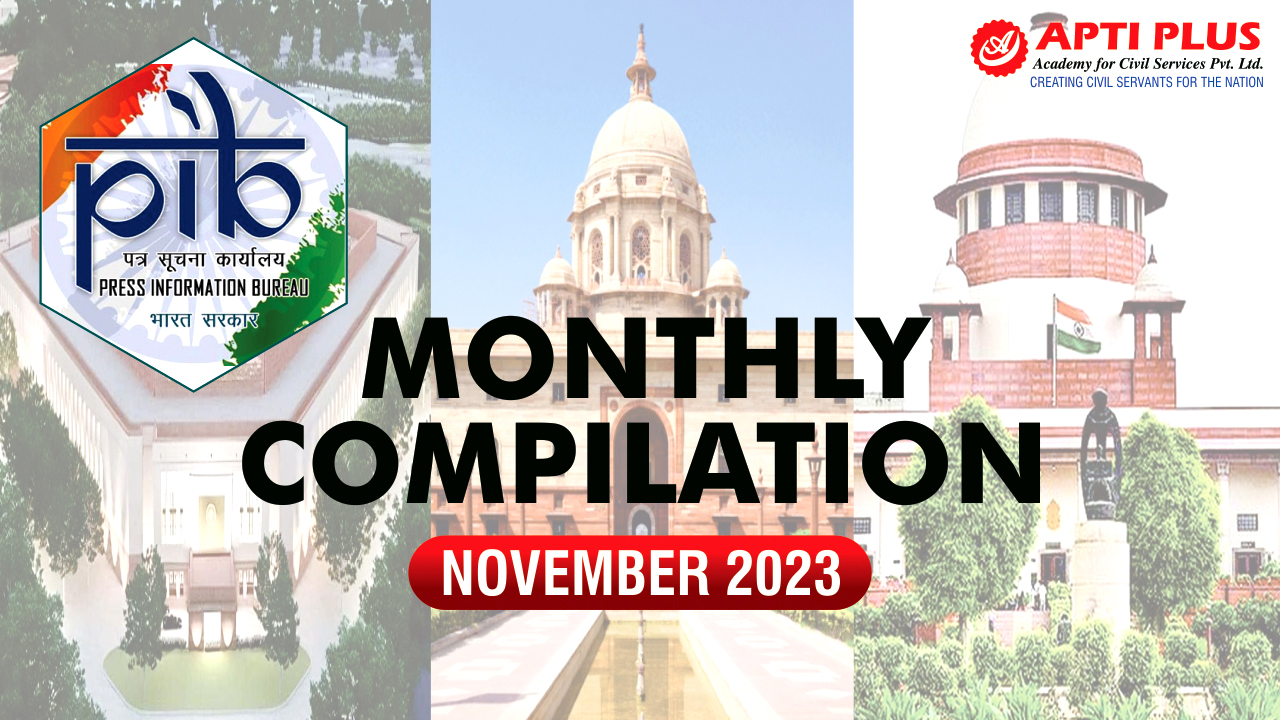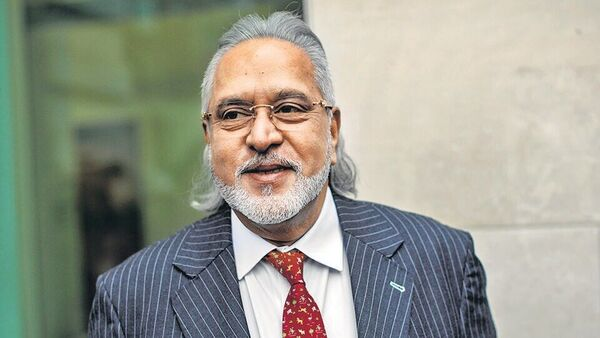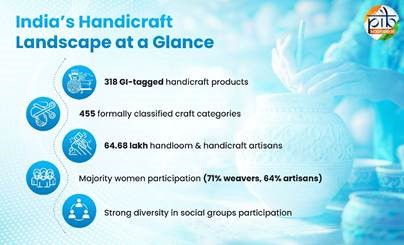Description

Copyright infringement not intended
Picture Courtesy: www.indian-apparel.com
Context: The Year-End Review of the Ministry of Textiles for 2023 showcases a range of initiatives and achievements in the textile sector.
Key Initiatives
PM MITRA Parks Scheme
- To develop world-class infrastructure, including a plug-and-play facility, with an outlay of Rs. 4445 crore for the period up to 2027-28.
- Inspired by the 5F vision (Farm to Fibre to Factory to Fashion to Foreign), aiming for a Rs. 70,000 crore investment and 20 lakh employment generation.
- Parks will create an integrated textile value chain, from spinning to garment manufacturing, developed in PPP mode by the Center and States forming Special Purpose Vehicles (SPVs).
Kasturi Cotton Bharat
- Branding, traceability, and certification exercise to promote Indian Cotton.
- Memorandum of Understanding (MoU signed between the Ministry of Textiles, and TEXPROCIL to encourage self-regulation by the Trade and Industry.
- Certification protocol finalized, 306 units onboarded, QR-based certification technology and blockchain-based software for traceability implemented.

National Technical Textile Mission (NTTM)
- Launched with an outlay of Rs. 1,480 crores, focusing on research, innovation, development, promotion, market development, education, training, skilling, and export promotion.
- 126 projects approved under the categories of Specialty fibres and Technical Textiles. Guidelines for supporting indigenous development and quality control orders issued.
Other Sectoral Highlights
- Amended Technology Upgradation Fund Scheme (ATUFS): Higher incentives and employment support for technical textiles.
- Samarth Scheme: Implemented to enhance skills in the textile sector. Trained 2,47,465 persons as of 11th December 2023.
- NIFT: Launched the e-portal ‘Bhartiya Vastra evam Shilpa Kosh - A Repository of Textiles & Crafts.’
- Cotton Sector: CCI procured 8.37 lakh bales under MSP operations. Implemented QR code using Blockchain Technology.
- Jute Sector: Approved reservation norms for mandatory use of jute in packaging for Jute Year 2023-24.
- Silk Sector: Significant increases in raw silk production, employment generation, and quality improvement.
- Wool Sector: Formulated Integrated Wool Development Programme for holistic growth.
- Handloom, Handicrafts, and Bharat Tex 2024: Various schemes and events aimed at supporting artisans, promoting handloom, and organizing a global textile mega event.

Conclusion
- The Ministry's efforts are diverse, covering infrastructure development, technology adoption, quality assurance, and skill enhancement, with a strong focus on promoting Indian textiles globally. The achievements reflect a comprehensive and dynamic approach towards the growth and sustainability of the textile industry in India.
Must Read Articles:
PM MITRA SCHEME: https://www.iasgyan.in/daily-current-affairs/pm-mitra-scheme#:~:text=PM%20MITRA%20Parks%20represent%20a,for%20textile%20manufacturing%20and%20exports.
|
PRACTICE QUESTION
Q. How is the Ministry of Textiles in your country actively fostering innovation and sustainability in the textile sector? What specific measures are being implemented to support ethical practices and environmentally friendly production? What partnerships or programs have been established to advance these objectives?
|












